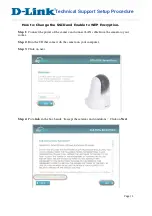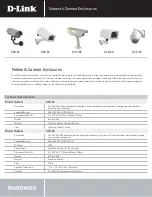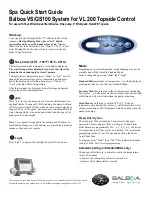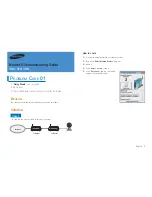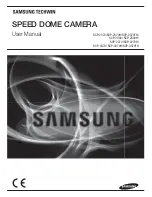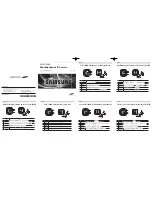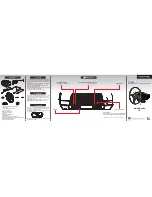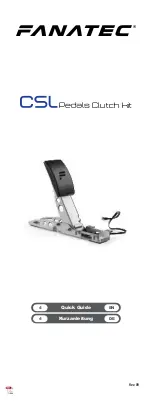
6
4.
Equalizing Charge Parameters
In the process of using batteries, due to the individual differences and temperature differences of batteries,
long term floating charge operation will result in unbalanced battery terminal voltage (backward battery). In
order to avoid the deterioration of this imbalance trend, it is necessary to increase the charging voltage of the
battery bank and charge the battery bank to equalize the whole battery bank. Proper equalizing voltage and
equalizing frequency are the basis of long life and reliability of battery. Equalizing charge is not recommended
in the normal use of VRLA batteries, because equalizing charge will increase water loss and grid corrosion,
which will cause early failure.
Equalizing charge requirements for RITAR battery are as follows:
The equalizing charging voltage is related to the ambient temperature. The equalizing charging voltage of
single cell is 2.43V-2.47V/cell at 25
. If the temperature changes, adjust the equalizing voltage in time,
and the equalizing voltage temperature compensation coefficient is - 4MV /
.
Equalize charge batteries 1 time after three months of fully float charge operation according to the
specified voltage. Discharge batteries 100% before equalizing charge.
Equalizing charge setting: equalizing charge voltage is 2.43~2.47V/cell @25
and equalizing charge
time is 12 or 24 hours (when the charge current at the end stable about 2~3 hours ,stop equalize and switch
to float ).
Under special circumstances, if the battery is cycle used continuously for more than 20 times, it needs to
be equalize charged once.
In the battery bank, if there is a backward battery, and the single voltage is lower than 2.18V in floating
charge state; or after the battery is replaced in the battery bank, it needs equalizing charge.
The batteries
for cycle service
adopt the constant
voltage
but
limited
current
method
.
At
20
~
25
,
the charge voltage of HR
series battery is 2.40V
per cell
;
the initial charge current is
not
larger
than
0.
2C A and the battery
fully charges
in
approximately
10
24 hours.
In the final stage of charging, if the charge current
value remains unchanged
for 3 hours, it
indicates
that the battery is fully charged.
5
.
Charge Curve of Cycle Use
2.60
2.40
2.20
2.0
1.8
1.6
2.42
2.36
0.30
0.24
0.18
0.12
0.06
Charge Characteristic Curve of Cycle Use
C
h
a
rg
e Vo
lu
m
e (
%
)
C
h
a
rg
e C
u
rr
e
n
t (
A
)
C
h
a
rg
e Vo
lt
a
g
e (
V
)
Charge Voltage
Charge Volume
Discharge
Charge with Constant Voltage
& Limited Current :
Charge Voltage: 2.40V/Cell
Charge Current: 0.2C A
1 0
Temperature:
25℃/77℉
Charge Time (Hr)
5
6. Supplementary
Charging
Due to self discharge
,
battery
stocked
longtime
,
the
capacity
reduce
slowly
,
the
relationship
between
capacity
reservation, temperature
and
stock
time
as
right
curves
.
Supplementary Charging adopts the constant
voltage but limited current method.
Initial charging current is 0.05 C – 0.3 C ,
10
10
charging voltage is 2.43 ± 0.05V/Cell, generally
charge for 24~36 hours. After longtime storage,
before use, battery should be makeup charged.
S
u
rp
lu
s C
a
p
a
c
it
y (
%
)
Capacity Reservation Curves
No need of supplementary
charging. Used in float
charge.
Supplementary
Charging
is required.
Supplementary Charging
performance will be affected.
It is prohibited to leave
the battery standing
till this state.
Storage Time (Month)














